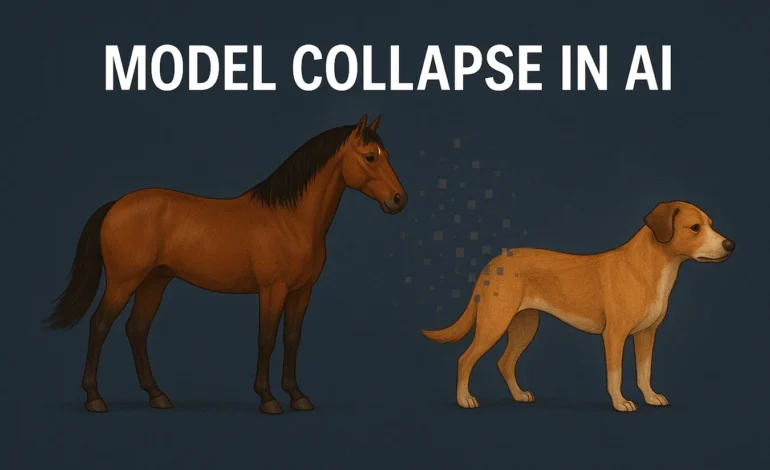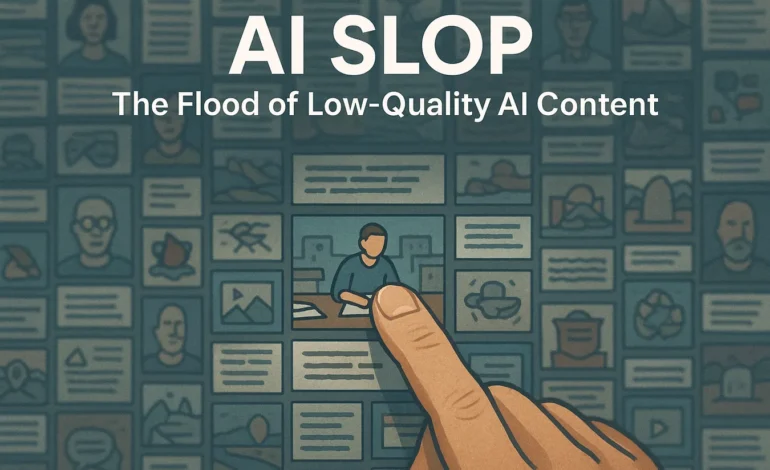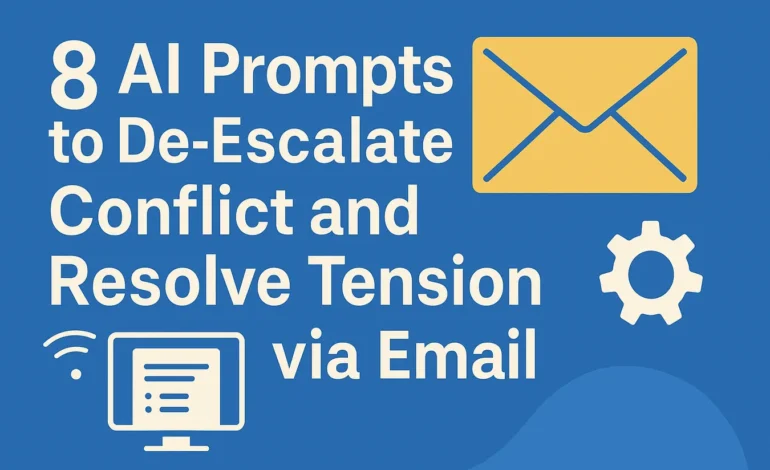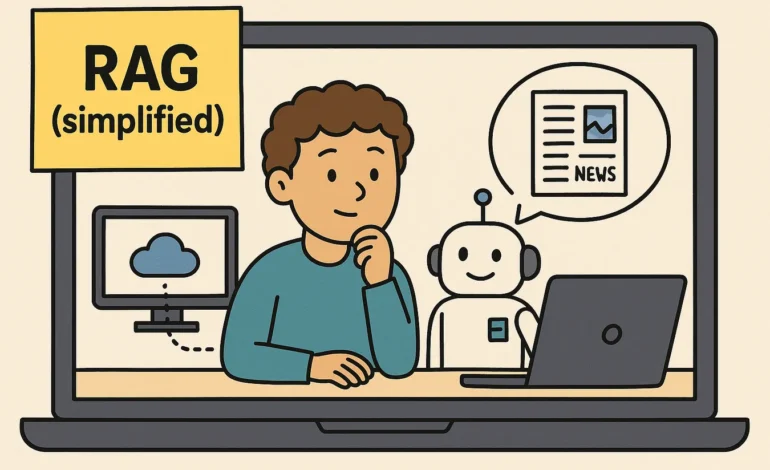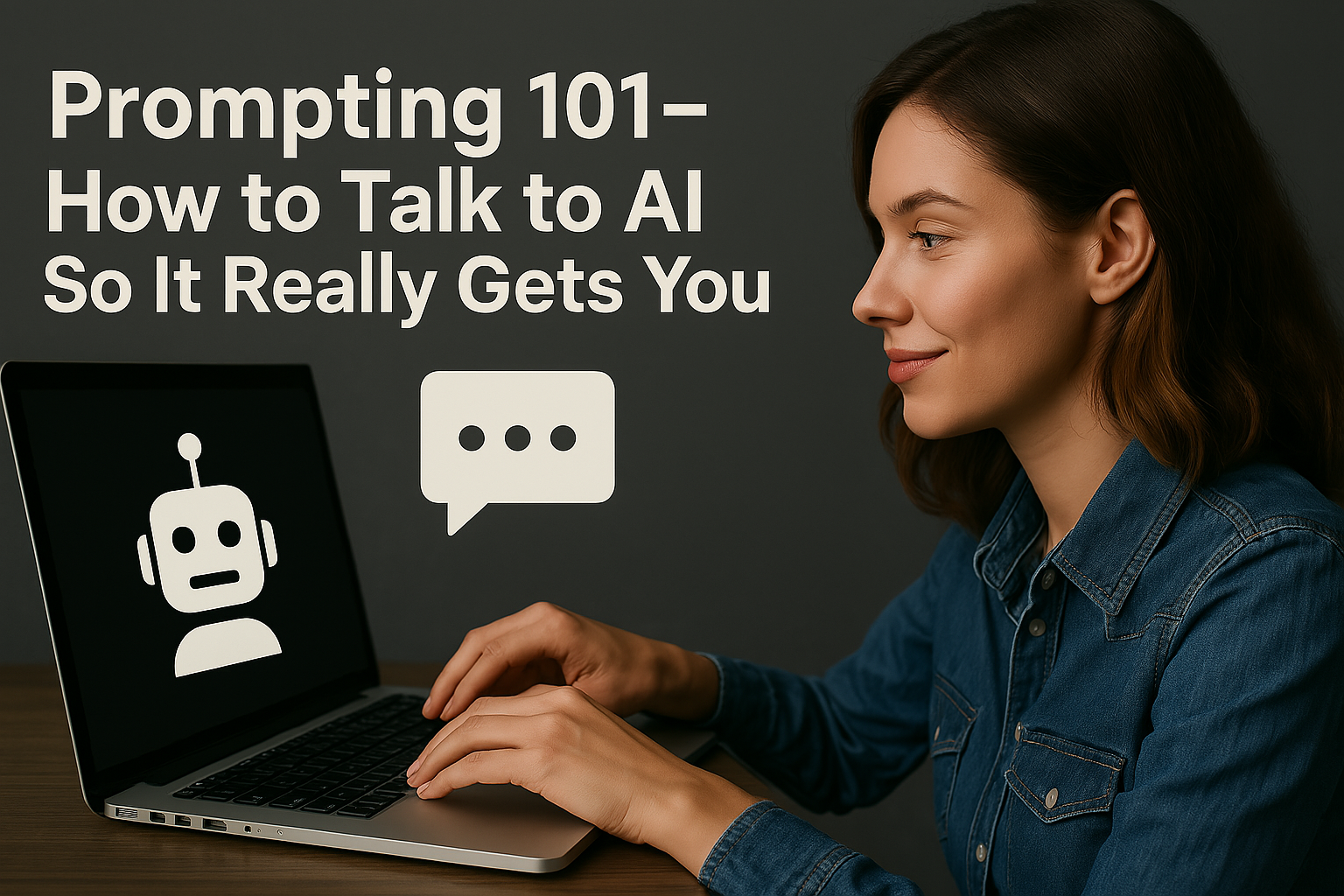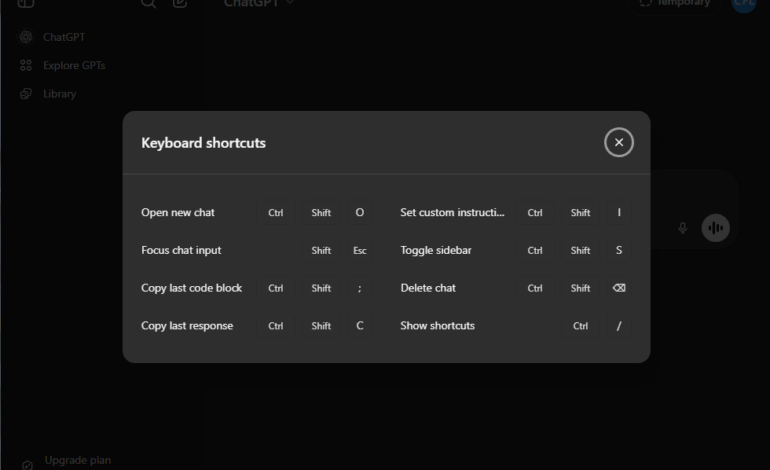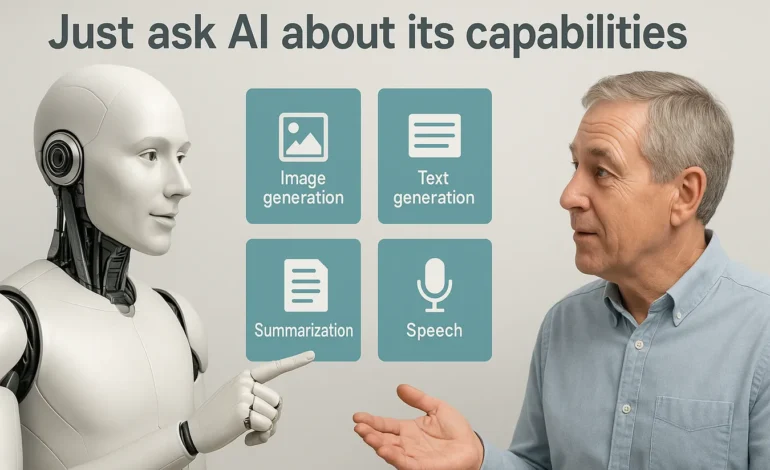
You Can Just Ask: How to Discover What AI Can Really Do
Most people think you need to study computer science to understand Artificial Intelligence. The truth is much simpler: you can just ask the AI itself.
Modern AI tools, like ChatGPT or Claude, can explain what they do, how they think, and where their limits are. You don’t have to read manuals or follow complex tutorials. One of the smartest ways to explore AI is to treat it like a conversation partner – and simply ask: “What can you actually do?”
- AI isn’t magic: It’s a tool that answers questions, summarizes information, and generates text or images.
- Start simple: The easiest way to learn is by asking the AI about its own abilities.
- Double-check: Always verify what it says – AIs sometimes make confident but incorrect claims.
Step 1: Just Ask What It Can Do
The easiest way to learn about AI is to start a conversation. You don’t need technical words – just curiosity. Try this simple prompt:
Prompt: Discover the AI’s Capabilities
Hi, I’m new to AI. Could you explain what you can do and what your main abilities are?
When you send this, most AIs will respond with a helpful list of things they can do, like:
- Summarizing long texts or emails
- Explaining complex topics in simple words
- Creating blog posts, recipes, or lesson plans
- Helping you plan trips or organize schedules
- Answering general knowledge questions
That’s already useful – but remember, AI is still learning. It sometimes exaggerates or includes outdated information. That’s why you need the next step.
Step 2: Ask It to Verify Its Own Answer
AI tools often sound confident even when they’re wrong. That’s because they are trained to sound fluent and convincing – not necessarily to be correct. This is called a hallucination – when the AI invents something that sounds right but isn’t. You can easily test its honesty with a follow-up question.
Prompt: Self-Verification
Could you please review your previous answer and tell me which parts you are certain about and which ones might be inaccurate?
This turns your interaction into a quick fact-check loop. The AI will often clarify, correct itself, or even admit uncertainty. It’s a small trick that separates blind trust from intelligent use.
By asking an AI to re-evaluate its own statements, you encourage reflective reasoning. It doesn’t just generate text it starts to analyze what it said. That’s how you turn a tool into a learning partner.
Step 3: Keep Curiosity Alive
Once you start experimenting, you’ll realize how flexible these systems are. You can ask the AI to explain investment terms, summarize medical papers, or even write a poem about your cat. The key is not perfection: it’s curiosity.
Still, one golden rule always applies: trust, but verify. If something sounds too confident, too perfect, or too specific, check it elsewhere – with a search engine, Wikipedia, or an expert site. For more on this, see Why AIs Hallucinate.
Prompt: Exploring New Ideas
Give me three creative examples of how a beginner could use AI for learning, problem-solving, or everyday productivity.
In a Nutshell: Curiosity Is the Best Prompt
You don’t need coding skills to understand AI. Just ask what it can do – then ask it to double-check itself. Curiosity and verification are the foundation of using AI wisely.
Last updated: October 11, 2025


